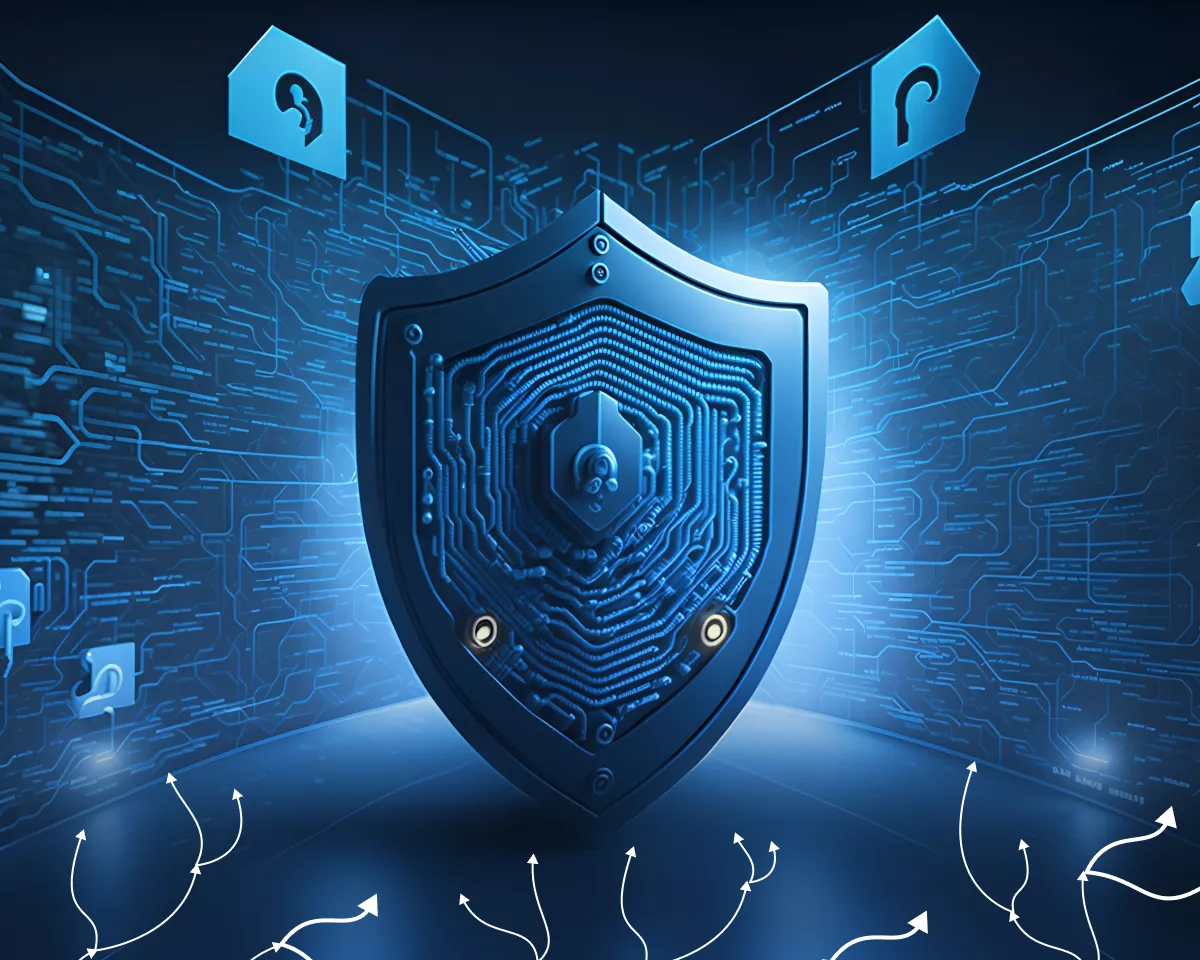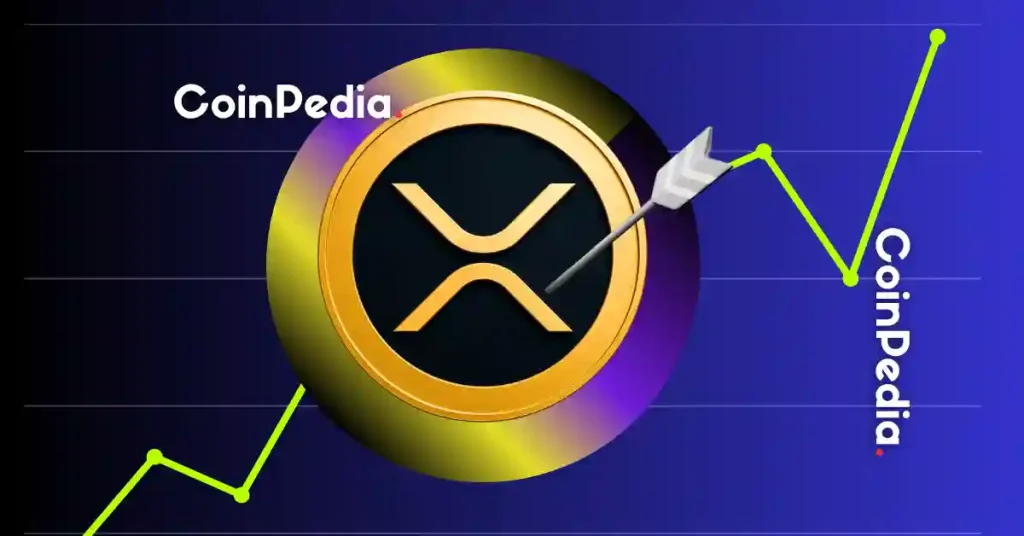
The post Top Blockchain Security Use Cases To Watch In 2022 appeared first on Coinpedia - Fintech & Cryptocurreny News Media| Crypto Guide
Blockchain is still a leading buzzword in the enterprise technology segment. Advocates of distributed ledger tech believe it will be able to revolutionize industries across the world, be it finance, real estate, supply chains, healthcare, and law.
That’s because it provides the unique ability to work in a distributed environment with tamper-proof security afforded by its open nature.
The hype around blockchain has persisted for several years already, but we’re yet to see the massive enterprise adoption that proponents have predicted.
As with most technologies, blockchain adoption has proven to be slow, with most of the world’s biggest companies reluctant to throw their lot in with a technology that – although immutable – is often associated with privacy and security concerns.
One of the major issues many enterprises have with blockchain is that its core strength – immutability – is built on the fact that all of the data is completely visible for anyone to see.
Because all of the transactions ever made with Bitcoin are public knowledge, there’s no way for anyone to alter the records and simply add a few extra coins to their wallet. If someone did that, every single participant on the blockchain would immediately be alerted.
Enterprises aren’t so keen on this openness though. Many companies are engaged in highly competitive industries and they don’t want their data to be shared with others, as it could leave them at a serious disadvantage.
Hence, many firms have been reluctant to adopt blockchain even when it could benefit them in multiple ways.
That said, there are a number of exciting projects making waves today that could finally change that dynamic as we progress into 2022.
What follows are three enterprise-oriented blockchain projects that promise to usher in far more rapid adoption than the industry has seen so far.
ParallelChain and Proof-of-Immutability
One of the most promising blockchain security use cases in 2022 is ParallelChain, which has built a unique consensus mechanism called “Proof-of-Immutability”.
The mechanism is designed to provide enterprises with access to private blockchains that won’t leak sensitive, corporate data, while still interoperating with public chains.
Common consensus mechanisms for verifying blockchain transactions, such as Proof-of-Work and Proof-of-Stake, enable anyone on the network to see every single transaction.
With PoIM, ParallelChain provides a non-consensus-based mechanism that’s ideal for enterprise use.
In simple terms, what PoIM does is it keeps certain parts of the blockchain secret while guaranteeing their immutability. Transactions are verified by selective nodes, which can be chain participants or independent parties whose identities have undergone KYC checks.
It means any single public node can write its own records, independent of the others, with each one recorded by a hash that’s distributed to selective nodes once the transaction has been written.
Each of the selective nodes has its own hash vault that stores the hashes it receives, but only the creator stores the actual data within each hash.
Those records stay untouched until such a time as they become relevant to a transaction involving other nodes on the blockchain. Only then does it need to be verified that no one has tampered with it.
The way it works is this – the selective nodes compare each others’ hashes as well as the creator’s, earning rewards for doing so.
The immutability of the records will only be confirmed if the nodes are all in agreement. If a discrepancy shows up, it will be flagged immediately and reported to higher-level nodes or third-party auditors if there are none, where a PoIM for the entire hash history will be performed.
ParallelChain’s PoIM works well for enterprises because non-creators will only ever be able to access the hash of each transaction, as opposed to the actual data, so there’s no chance of data being leaked.
It’s also possible to validate the immutability of any single record on the blockchain at random.
With ParallelChain, enterprises will be able to deploy two separate kinds of blockchains – a private, permissioned blockchain that can integrate with layer-2 business applications, enabling them to venture into DeFi and the metaverse, and also a public blockchain infrastructure that serves as a smart contract platform for decentralized, customer-facing apps.
Partisia Blockchain& Multi-Party Computation
Another layer-1 blockchain aiming to preserve data privacy is Partisia Blockchain, which uses a completely different technique known as multi-party computation.
MPC, as it’s referred to, gives enterprises a way to access decentralized technology while ensuring the privacy and security of their data.
MPC is an enterprise-grade cryptography technique that ensures the security of data by using a network of computation nodes that work together on encrypted data, without ever seeing that piece of data in its entirety. It enables decentralized pools of data to remain encrypted even when stored on a public blockchain.
What MPC does is it distribute computation operations – such as validating a transaction on the blockchain – across multiple parties, so no single party can see the other parties’ data. In other words, each node working on a transaction only sees a part of it, so it never knows the full details of that transaction. It means end-to-data privacy is ensured.
MPC does however need to be integrated with blockchain’s other features around transparency, consensus and integrity and that’s where Partisia Blockchain comes in with its MPC-as-a-Service offering.
Partisia Blockchain’s solution gives enterprise access to a decentralized data platform while ensuring that data remains secure and private, reducing the likelihood of any data breaches or fraud.
Partisia Blockchain’s ultimate goal is to build a web3 infrastructure with no single point of trust, enabling generic coordination of public and private information that can be used by any application within the metaverse.
The project is versatile too, because although it is primarily a layer-1 blockchain, it can also serve as a privacy layer for other blockchains such as Ethereum.
Elastos & Its Smart Web Ecosystem
One final project that’s making big progress in the preservation of privacy on the blockchain is Elastos, which is building an entire “smart web ecosystem” that aims to give users complete control of their own data.
Elastos functions in such a way that not only do users have full ownership of their data, but they also disconnect from the Internet when running dApps. With Elastos, dApps instead run on the Smart Web, providing a layer of separation that eliminates the threat of malware and other types of digital attacks.
There are four pillars that make up Elastos’ smart web infrastructure: the Elastos Blockchain, Elastos Runtime, Elastos Carrier and Elastos SDK (software development kit).
The Elastos Blockchain is the most fundamental component, providing its smart web infrastructure with a trustworthy identification system that works by assigning every user, device, website, and digital asset with a unique ID. Blockchain is what enables, and secures these IDs.
As for the Elastos Runtime, this is a lightweight operating system that can run on any computer or mobile device. In effect, applications and services run on the Elastos Runtime, where they’re disconnected from the public internet.
Meanwhile, Elastos Carrier is a decentralized peer-to-peer platform that makes it possible for those applications and services to communicate with one another, outside of the main internet. Finally, the SDK is used by developers to access identities and the Elastos Carrier services.
So, whereas typical blockchains can be seen as a middle layer between a dApp and the Web, Elastos uses the internet as its base layer infrastructure.
Within its ecosystem, every device, user, app and machine must have a blockchain-hosted ID to interact with others.
Each time one of those devices, users, apps or machines wants to access the internet, it must ask Elastos to verify their request. It’s this separation that makes data loss almost impossible on Elastos.
Elastos also provides the flexibility to run dApps on any kind of operating system, be it Windows, Android, iOS, Linux or something else.
That’s yet another advantage for choosy enterprises that not only seek full control of their data, but also want to choose how they access it.

 3 years ago
224
3 years ago
224














 English (US) ·
English (US) ·